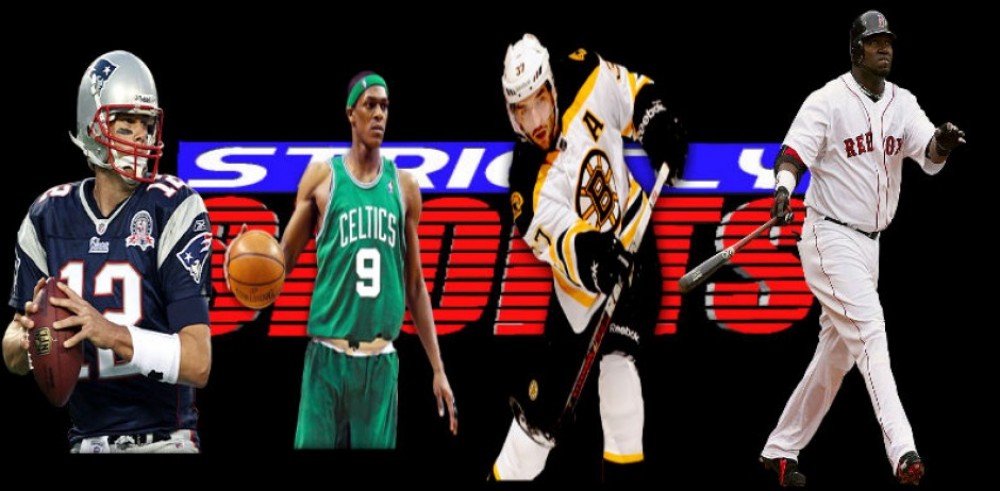Baseball has been around for a very long time. One of the great things about baseball, however, is that over time it has been receptive to change and evolution in the interest of making the game better. A good example of this change came in 1973, when the American League decided to adopt the Designated Hitter for the good of the game, something that the National League has refused to do to this day. The time has come to change that. There is a window of opportunity for that to happen, as Rob Manfred will be replacing Bud Selig as Commissioner in the offseason and can impose a new vision on the game. There needs to be one rule for both leagues, and it needs to include a DH.
Last night’s Red Sox-Pirates game in Pittsburgh clearly highlighted the need for a universal DH. Due to the host being a National League ballpark, and therefore playing without the DH, David Ortiz was left out of the starting lineup entirely. This led to Daniel Nava hitting third (Daniel Nava!!!!!!!) and the lineup predictably suffered, failing to score a run or put up really a credible threat or rally. In addition, starter Anthony Ranaudo was forced to go up and flail at three pitches every few innings as the price he had to pay to stay in the game. Unfortunately Red Sox fans should get used to such a phenomenon, because it will need to happen for the remainder of the current series in Pittsburgh.
But beyond just the Red Sox, the lack of a DH throughout baseball presents nothing but problems. With the move to balanced leagues holding fifteen teams each, almost every night some American League team will be at a disadvantage while playing in a National League ballpark. American League rosters are constructed with the thought that they can carry an extra bat that might be a defensive liability, or that they can rotate a bunch of players through the DH spot to keep them fresh for an entire season. Does it really make sense to create a disadvantage for an American League club playing in a National League park, when that same National League team gains an advantage while coming to an AL park?
In addition, there really is no value whatsoever to having pitchers “hit.” The National League team with the highest OPS from its pitchers (because sample sizes are too small for AL teams), is the Los Angeles Dodgers, with a .429 mark. That’s not their OBP, neither is it a typo; a .429 OPS. The triple-slash comes to .168/.214/.216. So that means that theoretically the team with the best-hitting pitchers in baseball still puts up a worse line than Will Middlebrooks (.520 OPS, .186/.253/.266). Conversely, the AL team (again for the sake of sample size) getting the least production out of its DH’s, the Seattle Mariners, has posted a .566 OPS (.189/.264/.302). The very worst of the DH’s in baseball are still significantly more effective than the very best hitting pitchers. This is an imbalance that needs to be corrected.
The bottom line is that there is no need to still have pitchers hit in the Major Leagues. It creates an unfair disadvantage for half of the league, and fans do not enjoy it. Fans want to see Victor Martinez face Felix Hernandez with the game on the line, not some backup utility infielder pinch-hit and get blown away by Clayton Kershaw. It creates problems for managers, who come to the point where they have to decide between killing a rally by letting their pitcher hit or pinch-hitting and losing their pitcher for the rest of the game. This is reflected in the numbers, as six out of the top ten teams in baseball in Complete Games reside in the American League. Major League Baseball says it wants to change the game to attract and keep younger fans. The first thing they can do is to end the nonsense, and take the bat out of pitchers’ hands.
